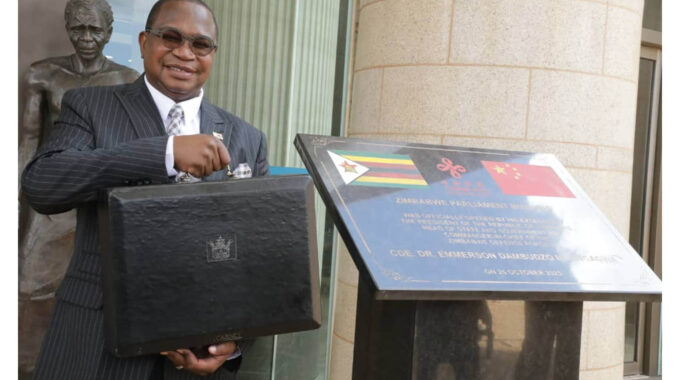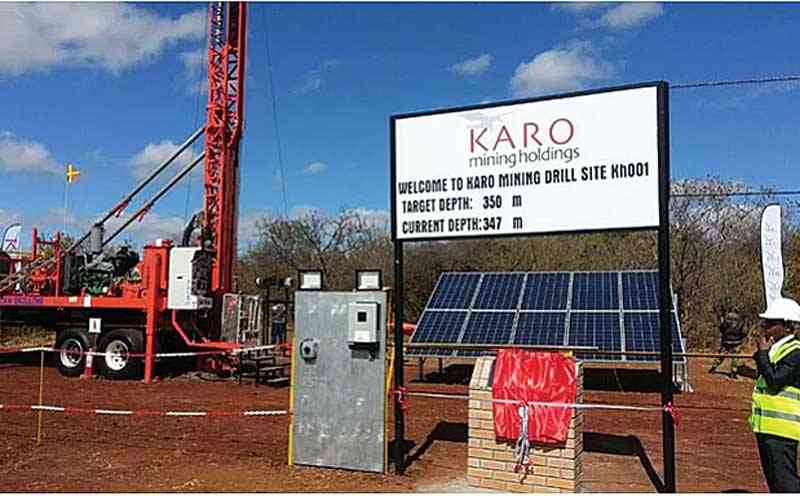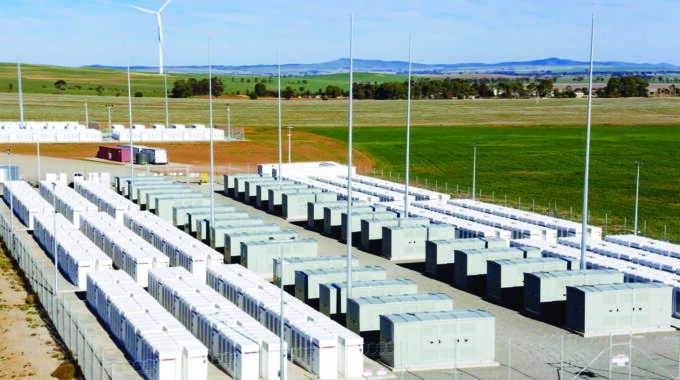Zim angles for sustainable energy future
ZIMBABWE needs to urgently embrace renewable energy — solar, wind and nuclear — to secure a sustainable energy future and also cut harmful emissions.
With the world grappling with climate change, it has become imperative to adopt alternative energy pathways to curb carbon emissions.
Zimbabwe is a signatory to the 2015 Paris Agreement, which seeks to reduce and hold the global average temperature below two degrees Celsius, thus accelerating investments in renewable energy becomes critical.
President Mnangagwa recently told a virtual dialogue on the impact of Covid-19 on climate change mitigation that the country had a long-term low-emission development strategy, which provides options to meet its goals of limiting the rise in global temperatures.
“Zimbabwe is well resourced when it comes to cleaner energy sources,” said a ZESA former executive, who spoke on condition of anonymity.
“What is needed are policies that allow investment into renewables and this should help Zimbabwe to combat climate change.”
Zimbabwe’s Renewable Energy Policy sets overall targets for renewable energy in the country based on the nationally determined contributions (NDCs) as one of its primary objectives.
These interventions align to the United Nations Framework Convention on Climate Change (UNFCCC), demand-supply scenario, grid absorption capacity, and the ability of utilities to pay for renewable energy.
The policy targets to achieve an installed renewable energy capacity of 1 100 MW (excluding large hydro) or 16,5 percent of total electricity supply by 2025, and 2 100 MW or 26,5 percent of total electricity supply by 2030.
Furthermore, the country seeks to install more than 250 000 solar geysers in old (as retrofits) and new buildings by 2030.
Other additional alternative energy programmes include institutional and domestic biogas digesters, solar mini-grids and solar water pumping systems.
These targets will enable the country to meet the current and projected energy supply deficit, as well as meet the GHG (greenhouse gas) emissions reduction objectives as per NDCs submissions.
While there is scope for Zimbabwe to tap into renewables, investments in fossil fuels continue.
Zesa is currently expanding Hwange Thermal Power Station to boost its current capacity by 600 megawatts at an estimated cost of US$1,2 billion.
Diversified listed mining company RioZim intends to build a thermal power station in Gokwe North, Midlands Province, at about US$3 billion.
There are other thermal projects in the pipeline in Hwange, where plans are underway to build additional power plants.
But it is believed African countries, Zimbabwe included, have a lower carbon footprint than developed countries.
A recent study by University of Oxford — published in the academic journal ‘Nature Energy’ — predicts that total energy generation across African continent will double by 2030, with fossil fuels dominating the energy mix.
Renewable energy is expected to account for less than 10 percent of Africa’s electricity generation by 2030, while hydro energy will constitute 18 percent of Africa’s energy capacity.
The study used a machine-learning technique to analyse more than 2 500 planned plants and their chances of being commissioned.
A decisive move towards renewable energy in Africa would require “a significant shock” to the current system, the study suggested, and this includes large-scale cancellation of fossil fuel plants currently being planned and identifying ways in which planned renewable energy projects can be designed to improve chances of success.
Massive investments and policy changes “to be able to take advantage of its vast renewable energy resources and rapidly decreasing clean technology prices to leapfrog to renewables,” are critical, the study noted.
Nuclear Power
Last week, Zimbabwe approved the framework for cooperation with the Russian Federation State Atomic Energy Corporation, which, among other things, seeks to develop technical expertise required to tap into nuclear energy at a time when many African countries are working to increase renewable energy capacity.
The country reportedly hosts uranium deposits in Kanyemba near the border with Zambia and Mozambique along the Zambezi river valley.
But no major works have been done to confirm the quantities of uranium and whether they are large enough to support a viable mine.
However, the uranium project to provide alternative electricity to the country has always been on Government’s agenda.
Speaking at a post-Cabinet briefing on April 13, Information, Publicity and Broadcasting Services Minister Monica Mutsvangwa said “the anticipated cooperation in the use of nuclear energy for peaceful purposes will provide alternative sources of energy which Zimbabwe needs”.
Zimbabwe is also targeting to generate 100 MW of electricity from wind by 2025.
Resources are presently being mobilised to fund a bankable feasibility study.
Currently, South Africa is the only country in Africa with a commercial nuclear power plant.
But, according to the International Atomic Energy Agency (IAEA), a third of the almost 30 countries around the world considering adopting nuclear power are in Africa.
Ghana, Kenya, Egypt, Morocco, Niger, Nigeria and Sudan have engaged the IAEA to assess their readiness to embark on a nuclear programme, and Algeria, Tunisia, Uganda and Zambia are also mulling the possibility.
Zimbabwe has granted coal-bed methane (CBM) special grants to six investors in Matabeleland North, a development that is considered critical in efforts to curb climate change.
However, there is no real scientific consensus on the environmental impact of coal-bed methane gas.-sundaymail










